Home>Home Appliances>Bathroom Appliances>How Many Volts Does A Hair Dryer Use
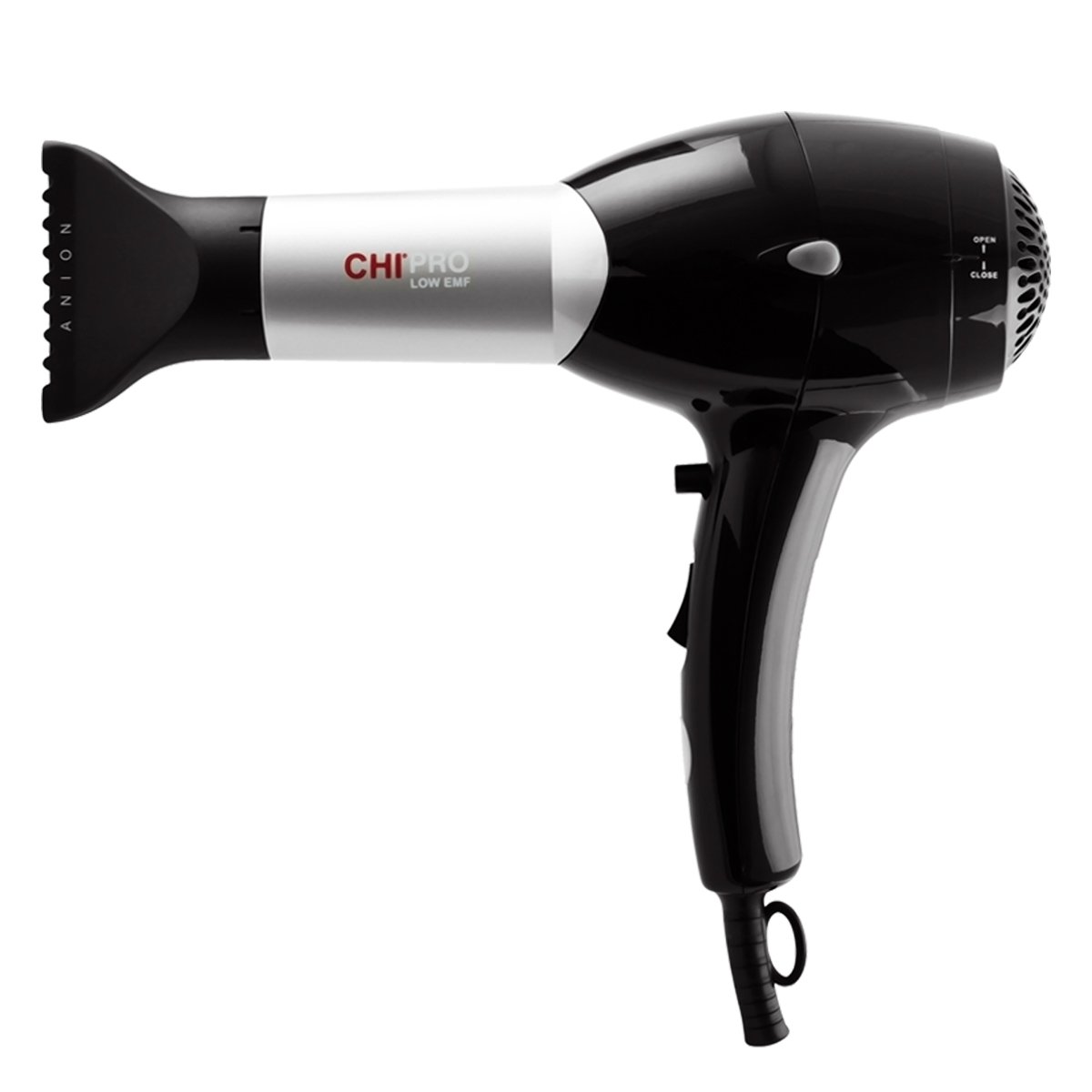

Bathroom Appliances
How Many Volts Does A Hair Dryer Use
Modified: March 25, 2024
Discover the voltage requirements for bathroom appliances like hair dryers. Learn how many volts a hair dryer uses and ensure safe usage in your home. Expert advice on bathroom appliance voltage.
(Many of the links in this article redirect to a specific reviewed product. Your purchase of these products through affiliate links helps to generate commission for Storables.com, at no extra cost. Learn more)
Introduction
Welcome to the world of hair dryers, where the quest for the perfect blowout meets the science of electricity. Have you ever wondered about the inner workings of your trusty hair dryer? Perhaps you've pondered the voltage it utilizes to transform damp locks into a sleek and stylish mane. Understanding the voltage requirements of a hair dryer is crucial for both functionality and safety. In this article, we will delve into the fascinating realm of voltage, explore the specific voltage needs of hair dryers, and discuss potential voltage conversion options. Whether you're a professional stylist or simply someone who values a good hair day, this exploration will shed light on the electrifying world of hair care appliances. Let's embark on a journey to unravel the mysteries of hair dryer voltage!
Key Takeaways:
- Understanding voltage is crucial for hair dryer safety and performance. Matching the voltage of the hair dryer with the electrical system of its location is essential for functionality and safety.
- Dual voltage and universal voltage hair dryers, along with voltage converters, are practical solutions for using hair dryers in different regions. These options ensure seamless operation and peace of mind for travelers.
Read more: How Many Volts Does A Lamp Use
Understanding Voltage
Before delving into the specifics of hair dryer voltage requirements, it’s essential to grasp the concept of voltage itself. In the realm of electrical systems, voltage represents the force that propels electric current through a conductor. It is measured in volts and plays a fundamental role in powering various electrical devices, including hair dryers.
Think of voltage as the pressure that drives electricity through a circuit. Just as water flows from a high-pressure area to a low-pressure area, electric current moves from high voltage to low voltage. In the context of a hair dryer, the voltage determines the rate at which the electric current flows through the device, ultimately influencing its heating and motor functions.
When it comes to household appliances, including hair dryers, voltage standards vary across different regions. For instance, in the United States and Canada, the standard voltage for most residential outlets is 120 volts, while in many European and Asian countries, the standard voltage is 220-240 volts. Understanding these variations is crucial, as it directly impacts the compatibility of appliances with the electrical systems in different regions.
Moreover, voltage fluctuations can occur due to factors such as power surges or fluctuations in the electrical grid. These fluctuations can affect the performance and safety of electrical devices, emphasizing the importance of voltage regulation and appropriate voltage settings for specific appliances.
As we navigate the intricacies of hair dryer voltage requirements, this foundational understanding of voltage will serve as a guiding light, illuminating the significance of matching the device’s voltage needs with the electrical standards of its operating environment.
Hair Dryer Voltage Requirements
When it comes to hair dryer voltage requirements, understanding the specific needs of these essential grooming tools is paramount. Most standard hair dryers are designed to operate within a specific voltage range, typically around 110-127 volts for models intended for use in North America and 220-240 volts for those designed for European and Asian markets.
It’s crucial to note that using a hair dryer with a voltage that is incompatible with the electrical system of a particular region can lead to performance issues and potential safety hazards. For example, if a hair dryer designed for 220-240 volts is used in a 120-volt outlet, it may not function optimally, resulting in inadequate heat output and motor performance. Conversely, using a 120-volt hair dryer in a 220-240-volt outlet can lead to excessive heat generation and may pose a risk of damage to the appliance and electrical system.
For frequent travelers, understanding the voltage requirements of their hair dryer is especially important. Many travel hair dryers are designed to be dual voltage, meaning they can accommodate both 110-127 volts and 220-240 volts. This versatility allows travelers to use the same hair dryer in different regions without the need for voltage converters or transformers.
Additionally, advancements in hair dryer technology have led to the development of models with universal voltage compatibility. These hair dryers are engineered to automatically adjust to the voltage of the electrical system they are connected to, offering a convenient solution for individuals who frequently travel between regions with different voltage standards.
When selecting a hair dryer, whether for personal or professional use, it’s essential to verify its voltage compatibility with the electrical standards of the intended operating environment. This proactive approach not only ensures optimal performance but also promotes safety and longevity of the appliance.
As we navigate the world of hair dryer voltage requirements, it becomes evident that aligning the device’s voltage specifications with the electrical standards of its intended location is a crucial consideration for both functionality and safety.
Most hair dryers use around 1200-1875 watts, which translates to around 100-125 volts. Always check the label on your specific hair dryer for the exact voltage.
Voltage Conversion Options
For individuals navigating the complexities of voltage disparities between regions, exploring voltage conversion options becomes essential, especially when using electrical appliances such as hair dryers in diverse international settings. Several solutions exist to address voltage disparities and ensure the seamless operation of hair dryers across different electrical standards.
One of the most common approaches to addressing voltage incompatibility is the use of voltage converters or transformers. These devices are designed to modify the voltage supplied to an appliance, allowing it to function optimally within a different voltage range. When selecting a voltage converter for a hair dryer, it is crucial to choose a model that can accommodate the wattage and voltage specifications of the specific hair dryer model, ensuring compatibility and safe operation.
Another practical solution for addressing voltage disparities is the use of plug adapters. While plug adapters do not alter voltage, they enable the physical connection of appliances to outlets with different plug configurations, a common occurrence when traveling between regions with distinct electrical standards. It’s important to note that while plug adapters can facilitate the connection of hair dryers to foreign outlets, they do not address voltage mismatches and should be used in conjunction with appropriate voltage conversion devices.
For frequent travelers and individuals seeking a hassle-free solution to voltage disparities, investing in dual voltage or universal voltage hair dryers is a convenient option. These versatile hair dryer models are designed to accommodate a wide range of voltages, eliminating the need for external voltage conversion devices. Dual voltage hair dryers can seamlessly transition between 110-127 volts and 220-240 volts, making them ideal for use in various international settings without the complexities associated with voltage conversion.
As technology continues to advance, the market offers an increasing array of hair dryer models with built-in voltage adaptability, further simplifying the user experience. These innovative hair dryers automatically adjust to the voltage of the electrical system they are connected to, eliminating the need for external voltage conversion devices and providing a user-friendly solution for individuals navigating diverse electrical standards.
By exploring these voltage conversion options, individuals can effectively address the challenges posed by varying electrical standards, ensuring that their hair dryers operate safely and efficiently across different regions. Understanding the available solutions empowers users to make informed decisions and select the most suitable approach to harmonize hair dryer voltage with diverse international electrical systems.
Conclusion
As we conclude our exploration of hair dryer voltage, we have unraveled the critical role that voltage plays in the functionality and safety of these indispensable grooming appliances. Understanding the voltage requirements of hair dryers is not only essential for optimal performance but also for mitigating potential safety risks associated with voltage disparities.
From our journey through the electrifying world of voltage, we have learned that hair dryers are designed to operate within specific voltage ranges, tailored to the electrical standards of different regions. Whether it’s the 110-127 volts common in North America or the 220-240 volts prevalent in many European and Asian countries, aligning a hair dryer’s voltage specifications with the electrical system of its operating environment is paramount.
For individuals navigating diverse international electrical standards, we have explored a range of voltage conversion options, from voltage converters and plug adapters to the convenience of dual voltage and universal voltage hair dryers. These solutions empower users to harmonize their hair dryers with varying voltage standards, enabling seamless operation and peace of mind, whether at home or abroad.
As technology continues to evolve, the market offers increasingly user-friendly solutions, such as hair dryers with built-in voltage adaptability, simplifying the complexities of voltage disparities and enhancing the convenience of using electrical appliances across different regions.
In the dynamic landscape of hair care and international travel, the knowledge and awareness of hair dryer voltage requirements and conversion options empower individuals to make informed decisions, ensuring the efficient and safe operation of their grooming tools in diverse electrical environments.
Armed with this understanding, individuals can embark on their hair care journeys with confidence, knowing that their hair dryers are equipped to navigate the electrifying variations of voltage standards across the globe.
So, as you embark on your next adventure or simply reach for your trusty hair dryer at home, may this knowledge illuminate your path, ensuring that your hair dryer operates seamlessly and safely, delivering the perfect blowout wherever your travels take you.
Frequently Asked Questions about How Many Volts Does A Hair Dryer Use
Was this page helpful?
At Storables.com, we guarantee accurate and reliable information. Our content, validated by Expert Board Contributors, is crafted following stringent Editorial Policies. We're committed to providing you with well-researched, expert-backed insights for all your informational needs.
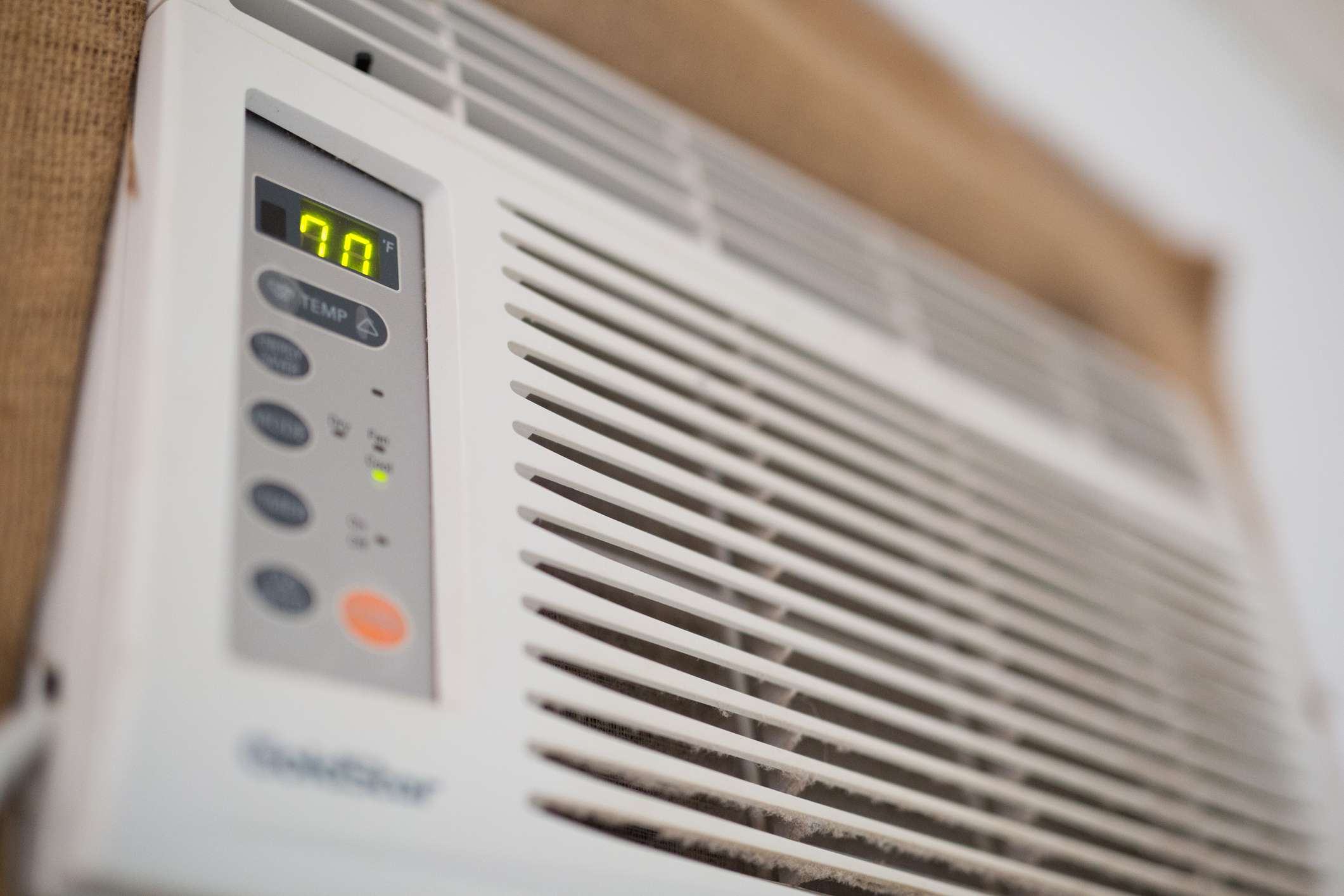
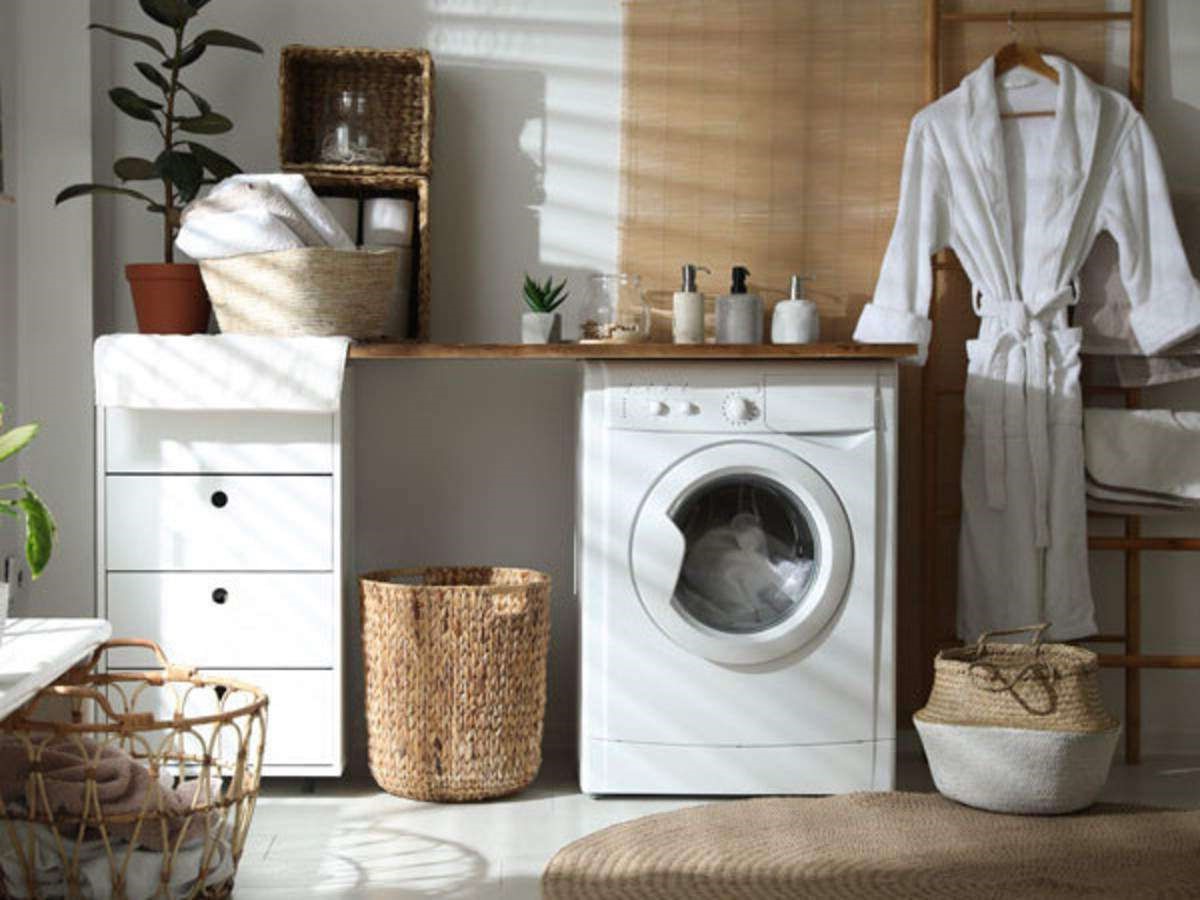
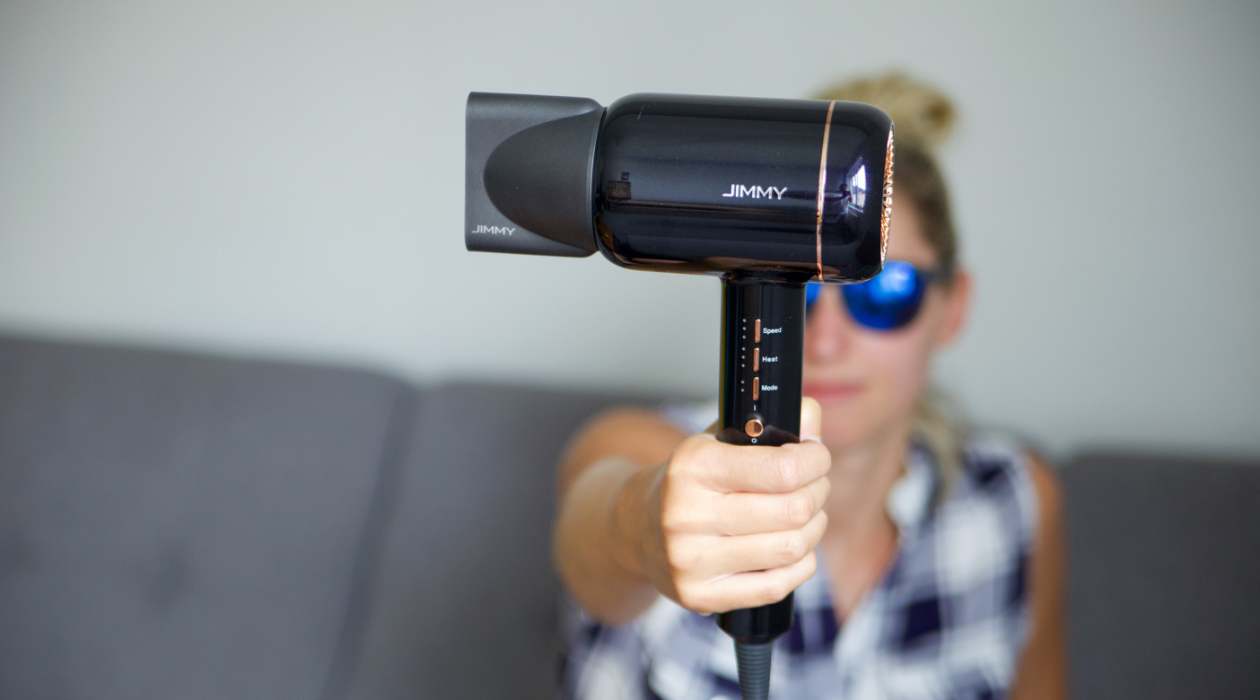
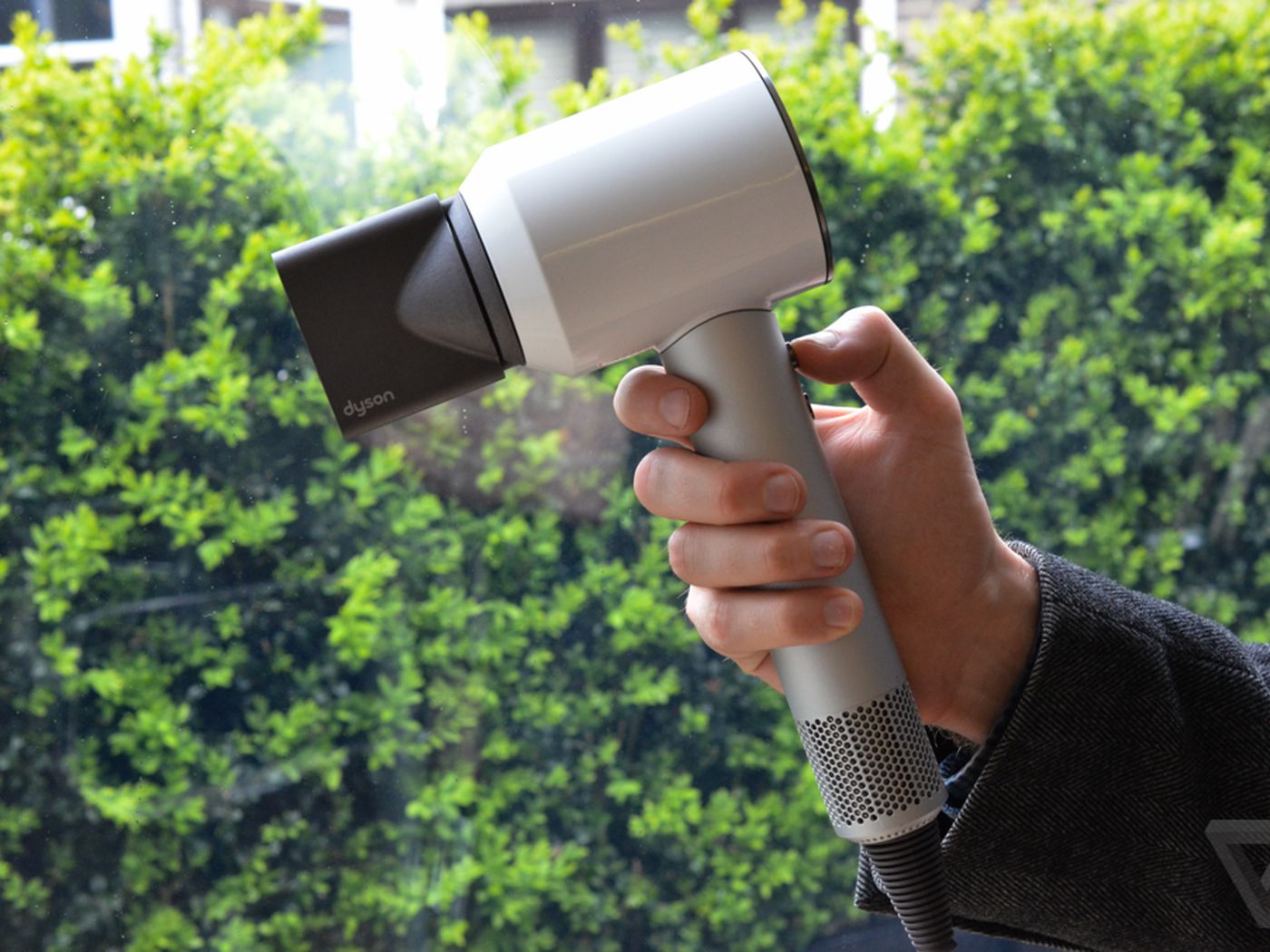
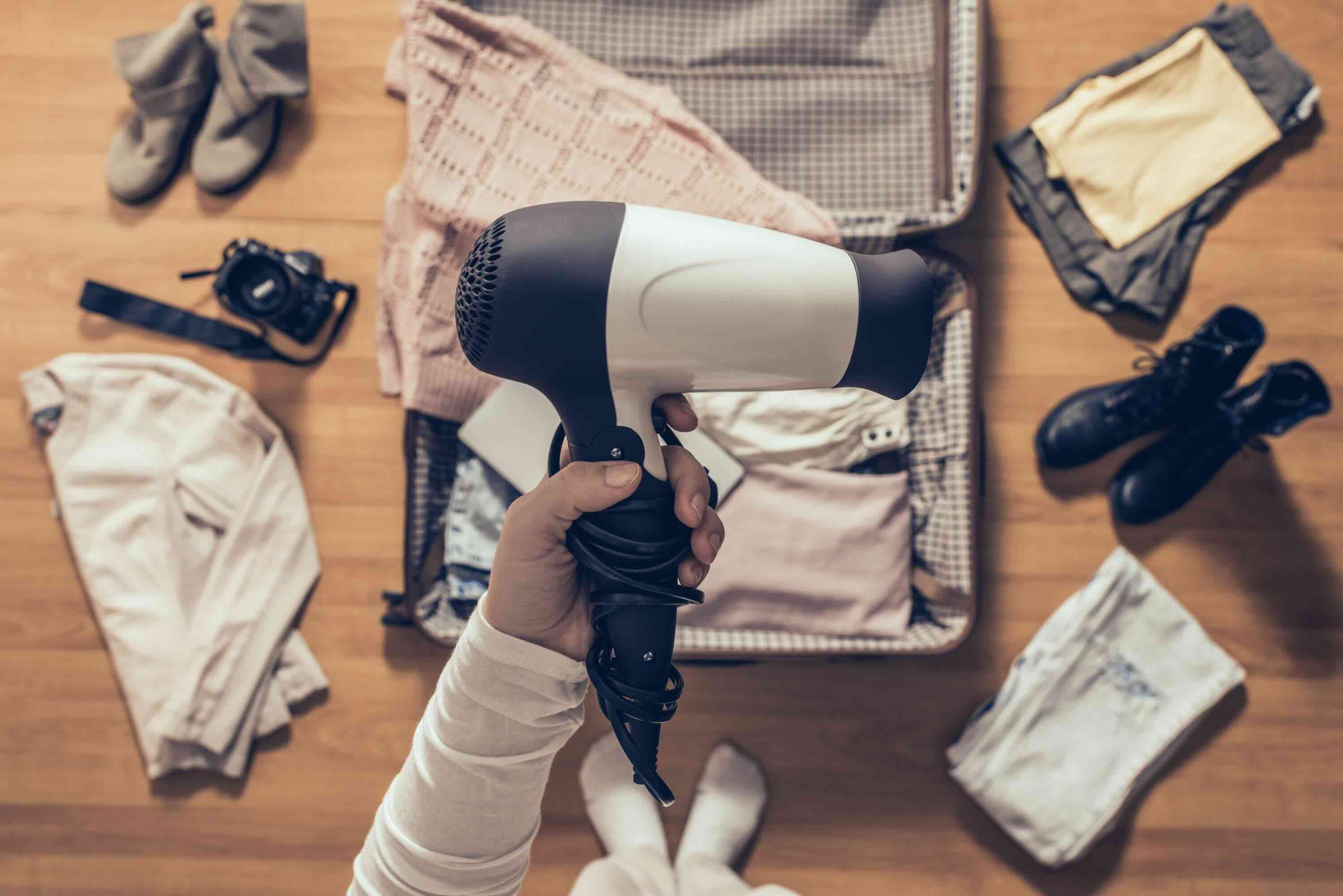
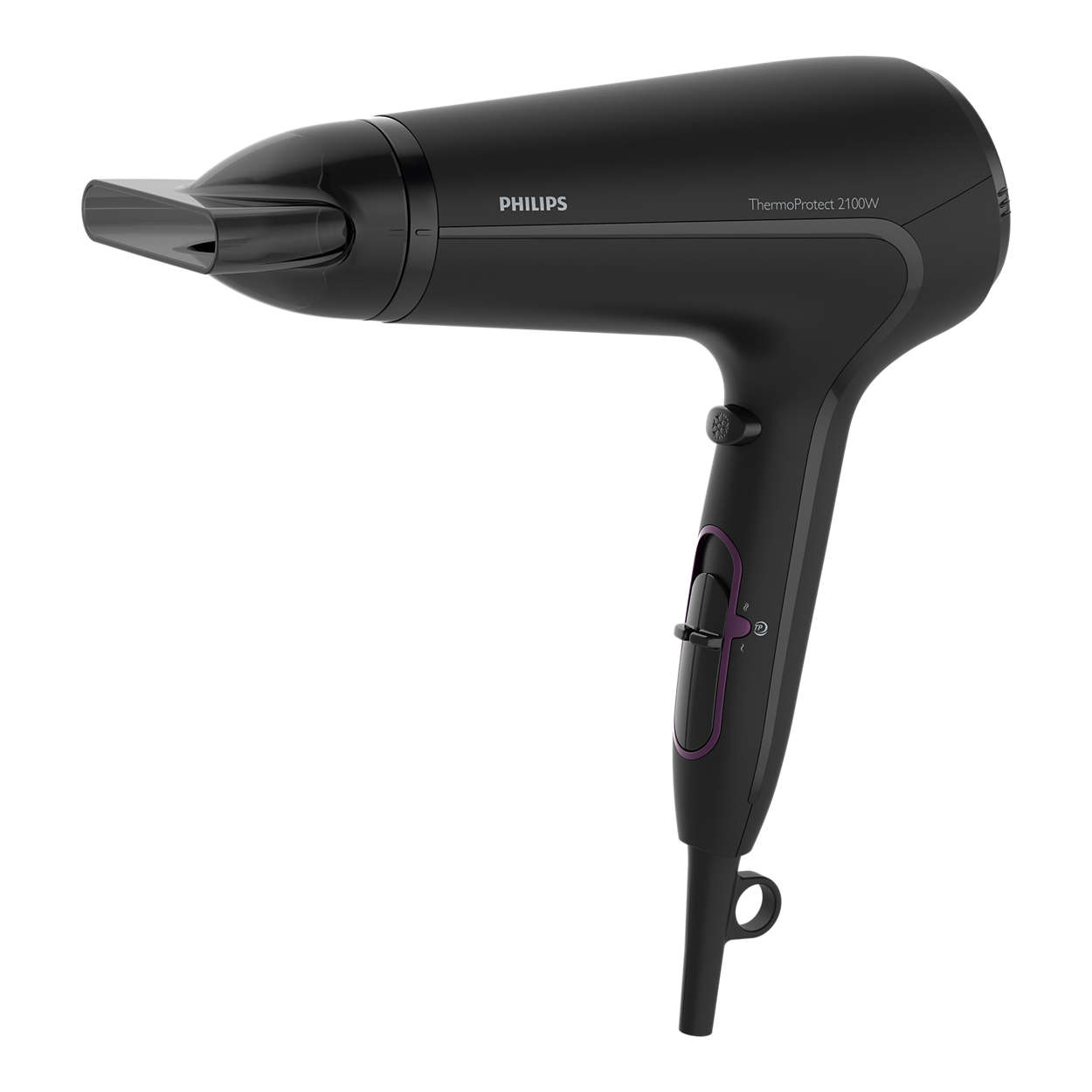
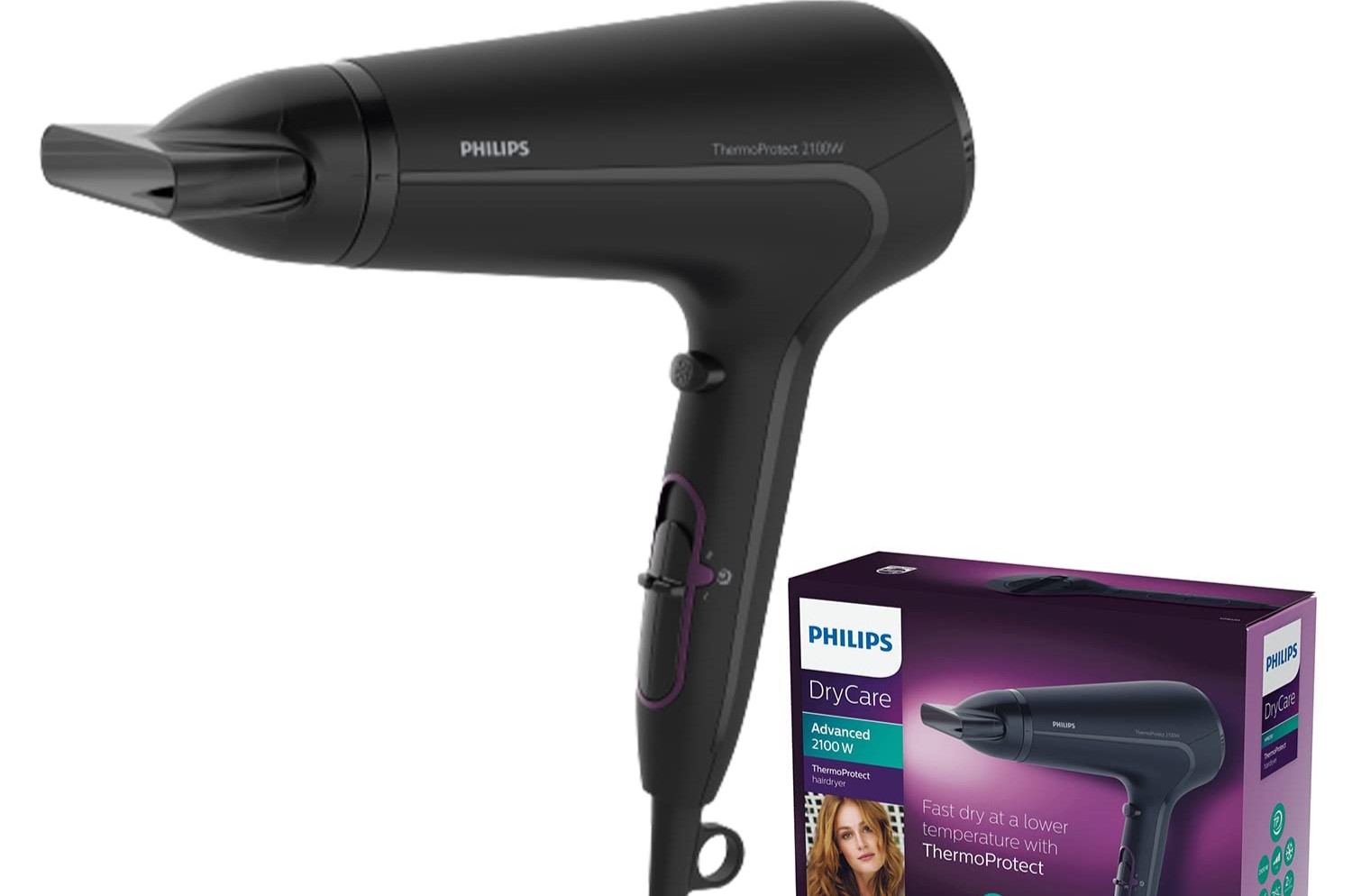
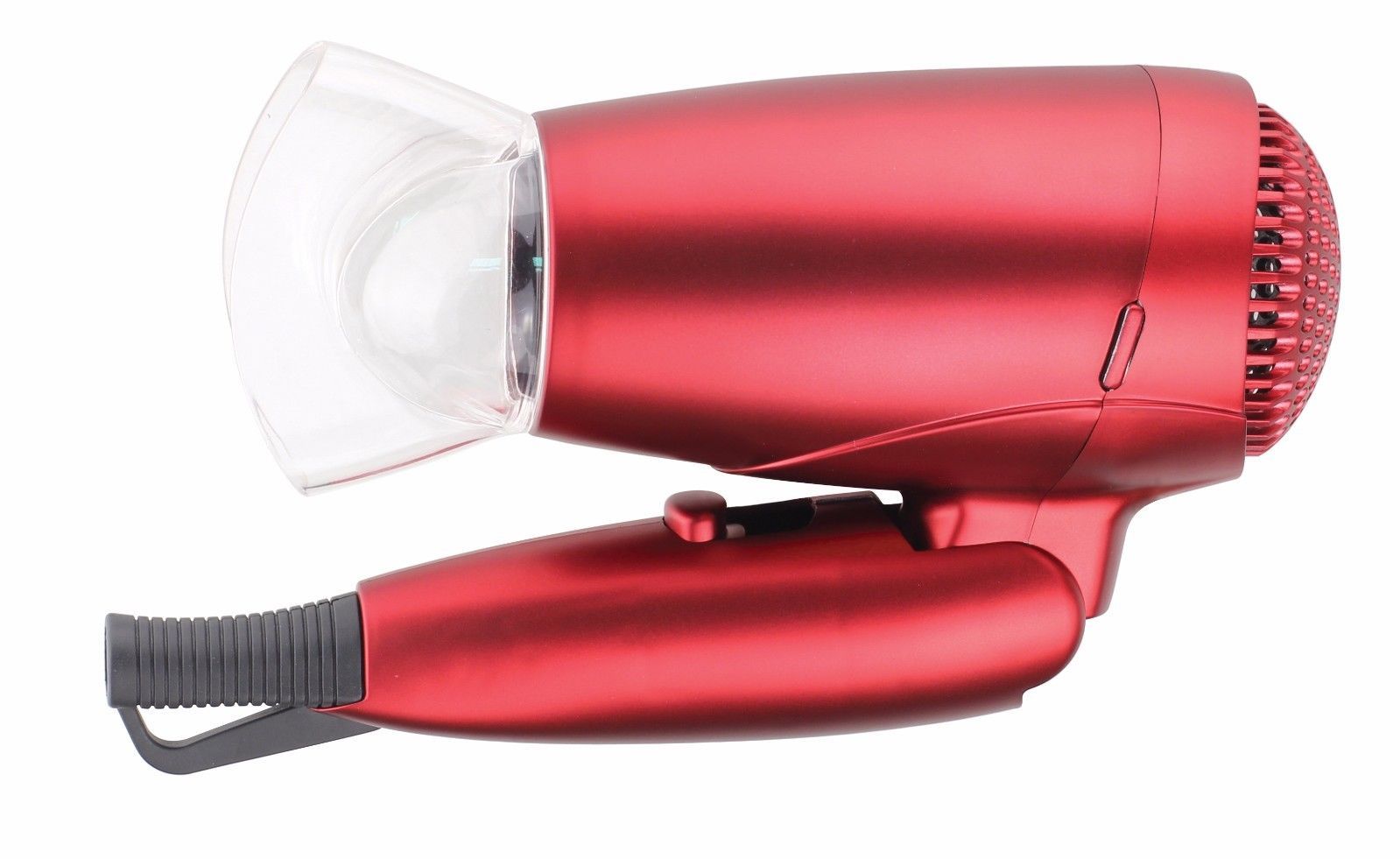
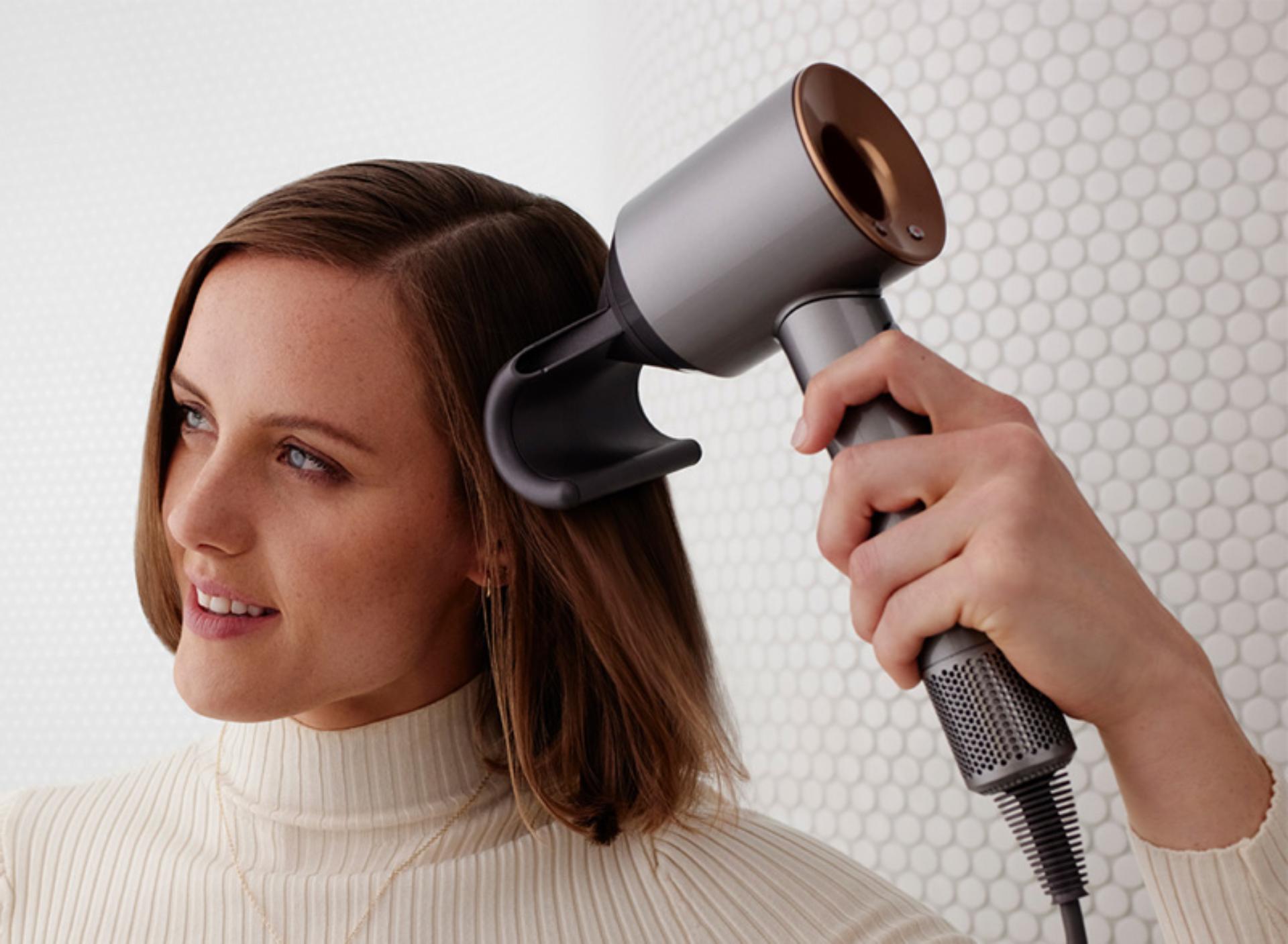
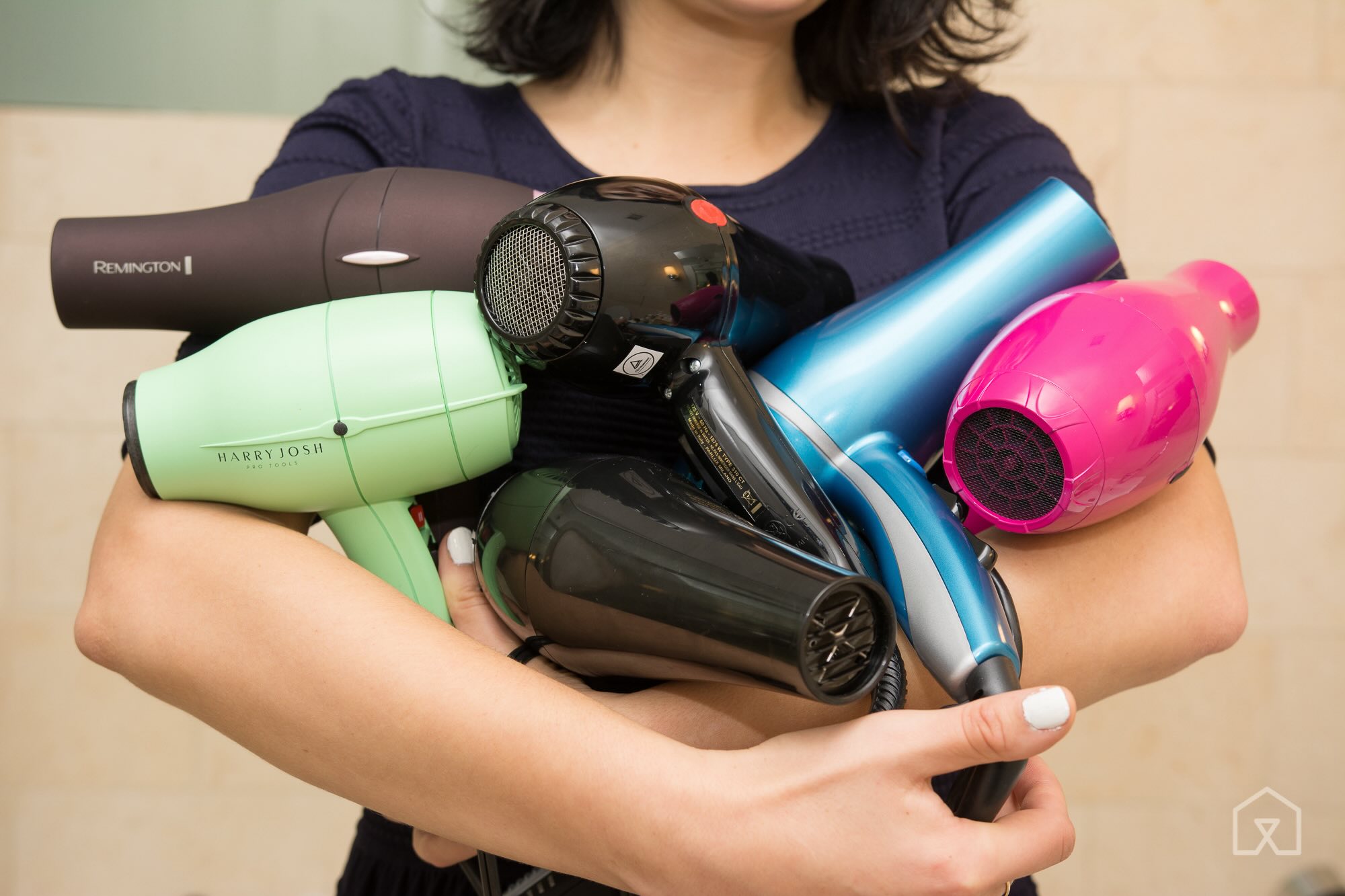
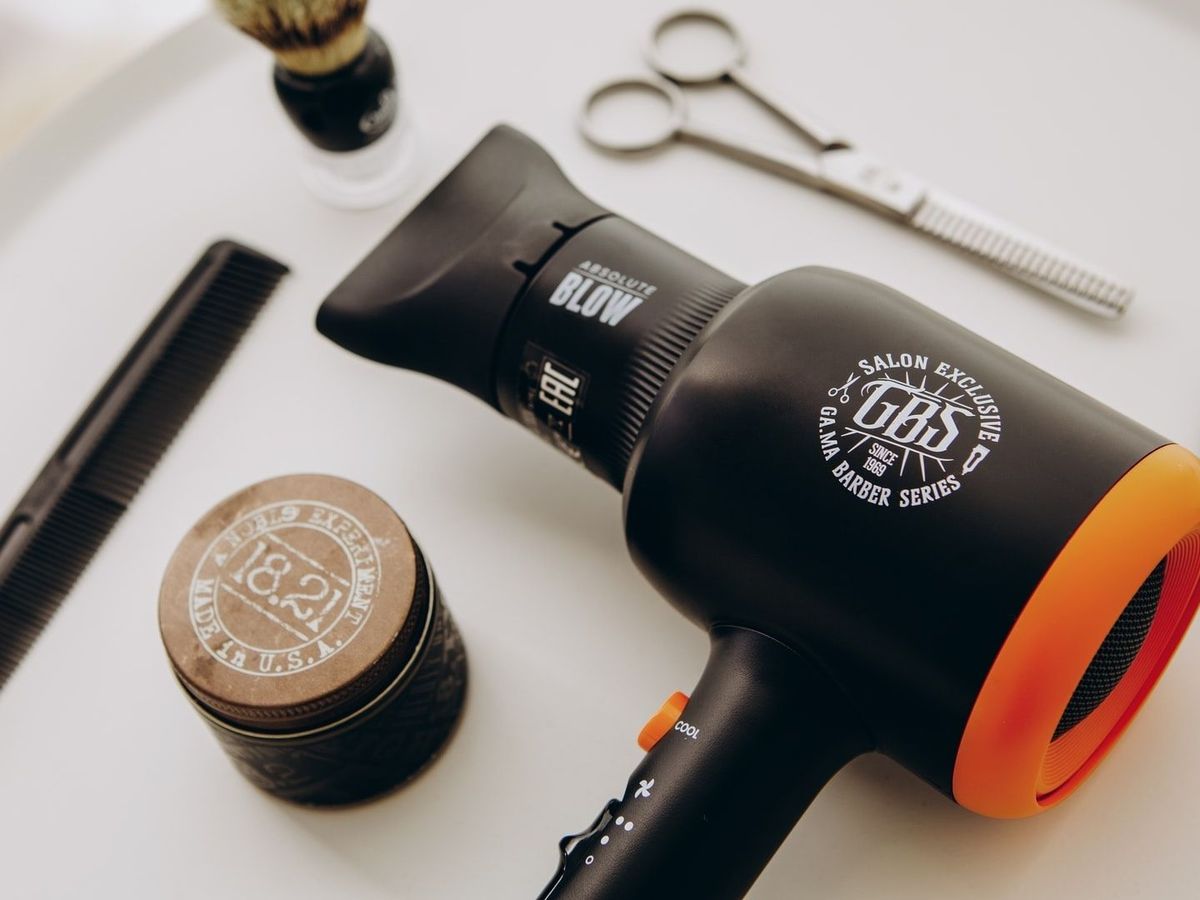
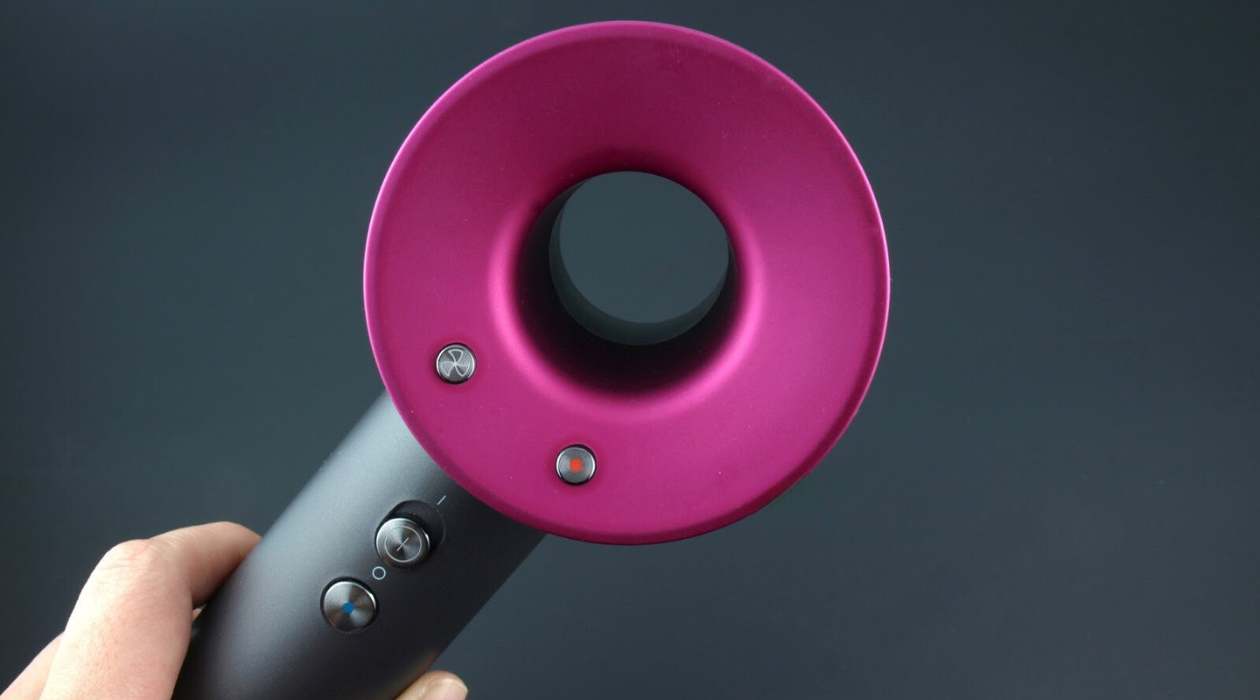
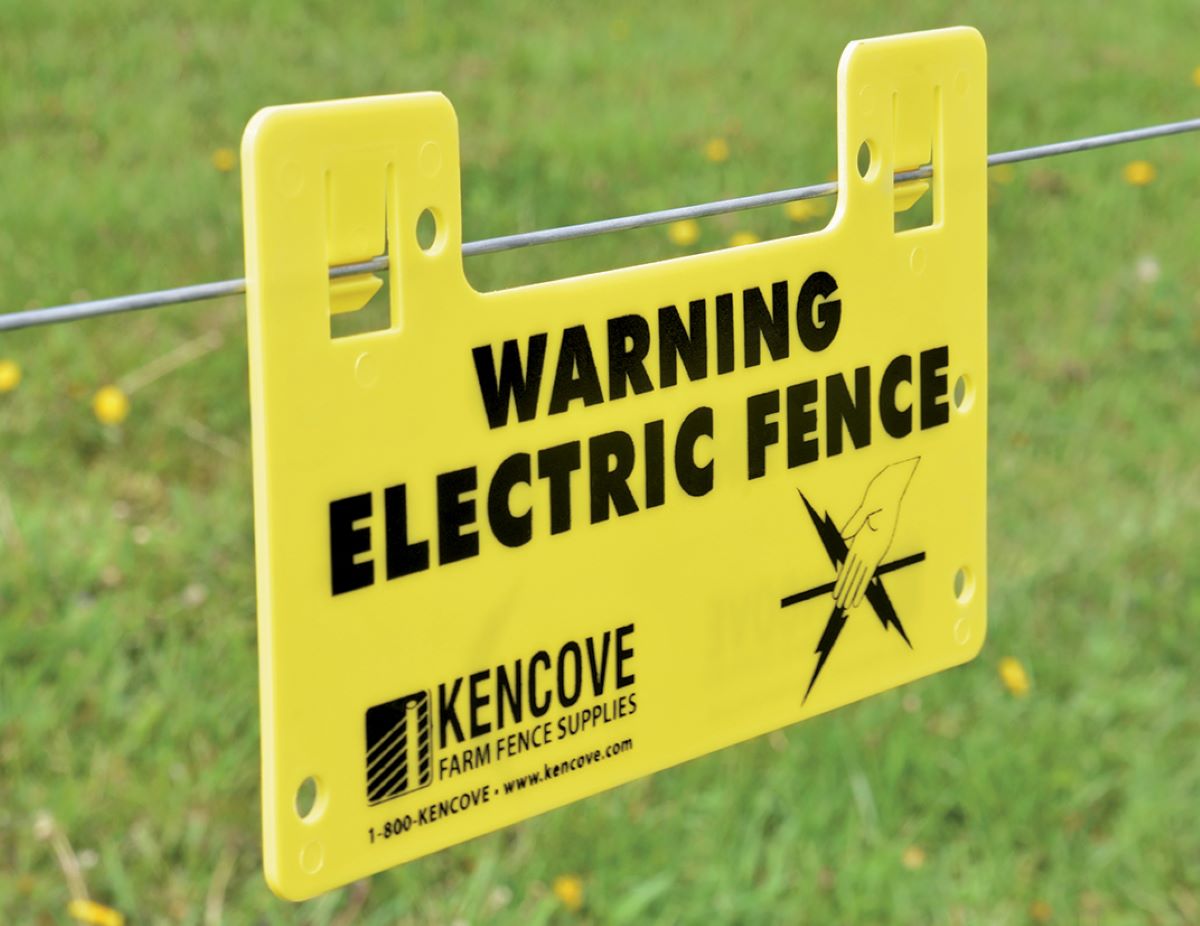
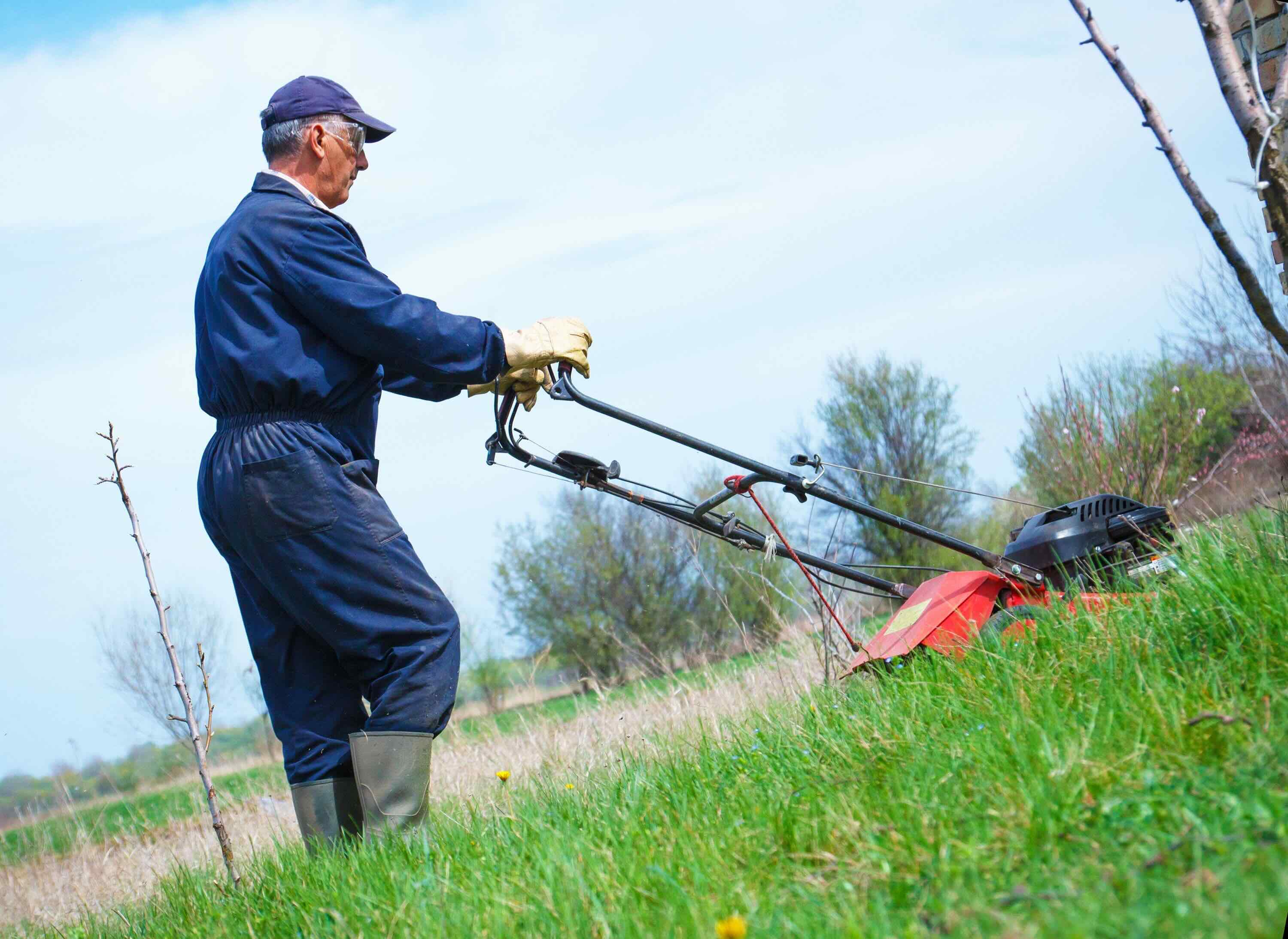
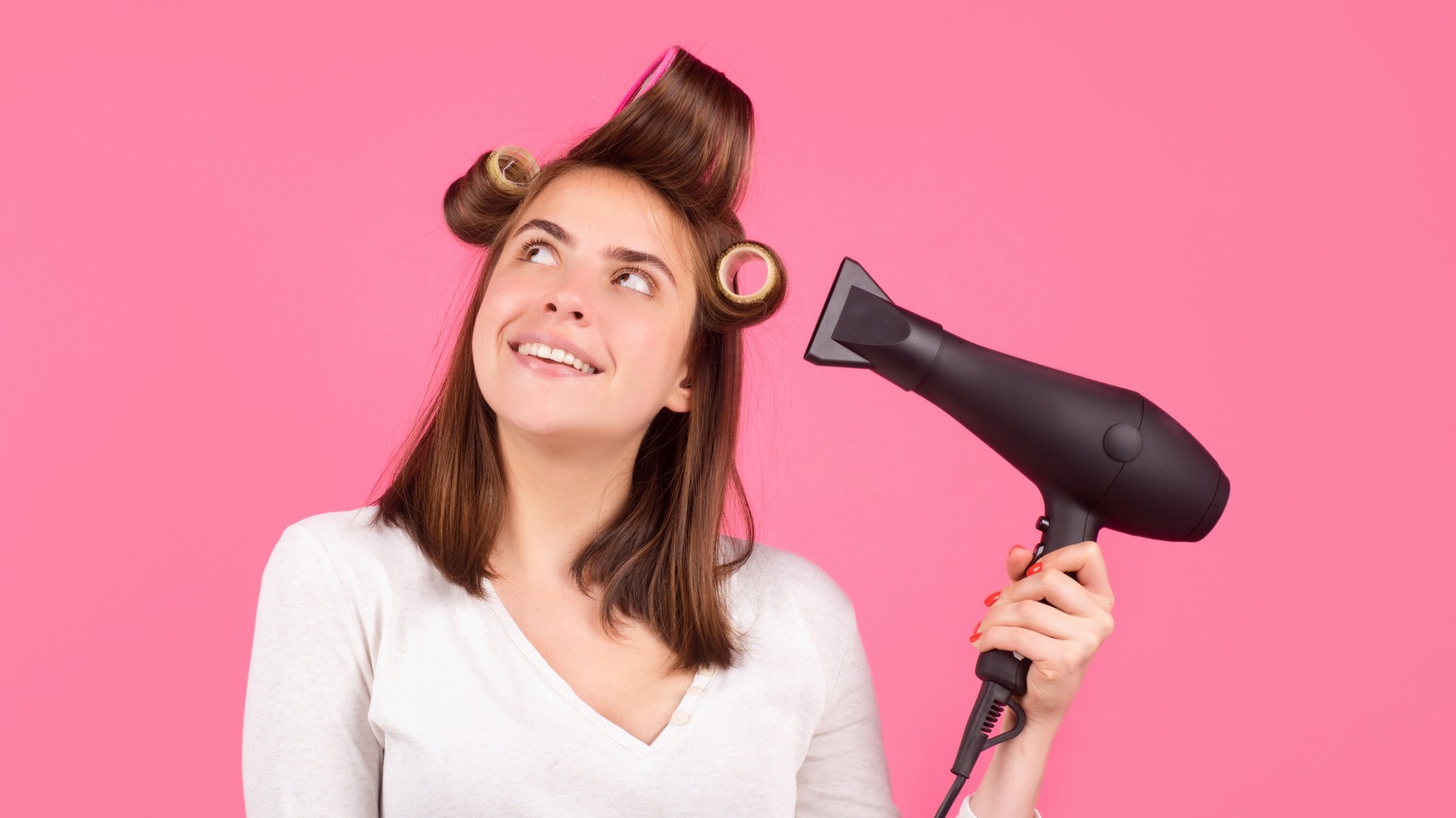

0 thoughts on “How Many Volts Does A Hair Dryer Use”